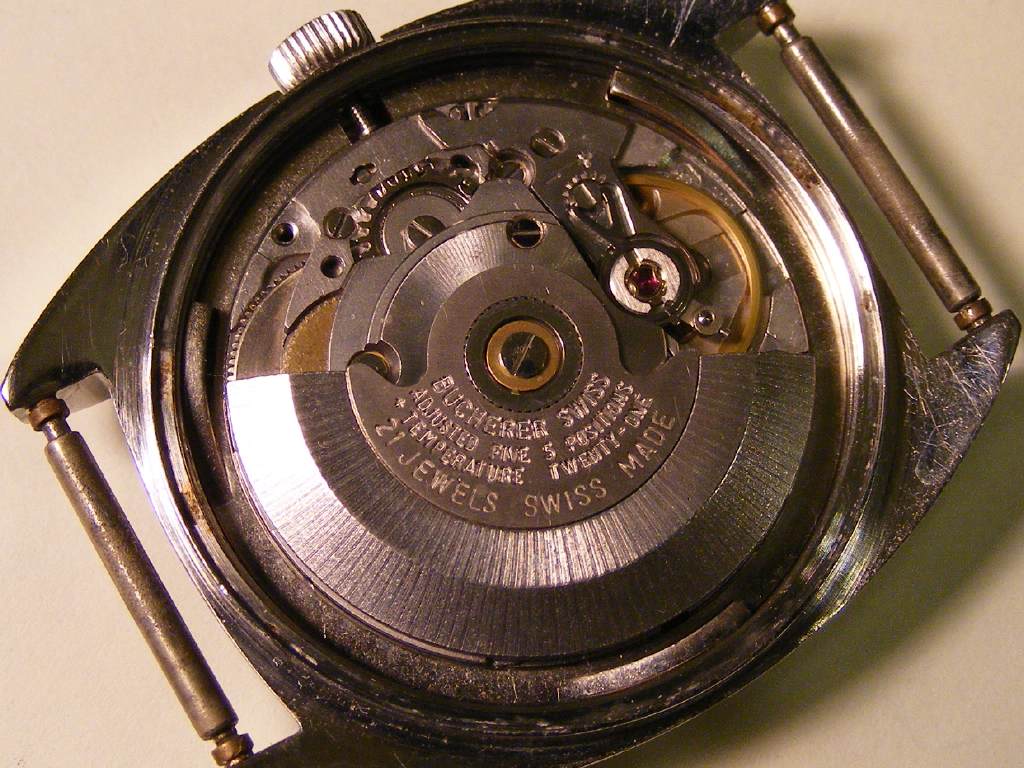I like it! 
(n/t) (Views: 3)
Dave Murphy -- August 17, 2009 01:02PM
Congrats man, that looks quite nice 
(n/t) (Views: 3)
Bock -- August 17, 2009 11:44AM
Looks like a great catch! (n/t) (Views: 5)
Dre -- August 17, 2009 02:41AM
Nice one, Ricky.  Congrats.
Congrats. (n/t) (Views: 6)
Mark C. -- August 16, 2009 09:46PM
Great score, Ricky, that's the one I liked the most! 
(n/t) (Views: 7)
MCV -- August 16, 2009 09:03PM
Way to pounce 
Congrats! (n/t) (Views: 6)
Riddim Driven -- August 16, 2009 08:42PM
Nice cushion case! (n/t) (Views: 7)
Micha -- August 16, 2009 08:39PM
Congrats Ricky! 
(n/t) (Views: 6)
mattman -- August 16, 2009 08:28PM
Yea! Dropped one at the buzzer. 
(n/t) (Views: 8)
Chris L -- August 16, 2009 08:26PM
Congrats - awesome Vintage (Views: 6)
Sfnewguy -- August 21, 2009 01:26AM
I may be wrong but you may have a  2992 as the 2824 has 25 jewels. The 2892 has 21 jewels and may explain the COSC performance
2992 as the 2824 has 25 jewels. The 2892 has 21 jewels and may explain the COSC performance  I'm not certain that the 2892 was developed during the 70s as that watch seems to be of that period. Maybe Reto will know
I'm not certain that the 2892 was developed during the 70s as that watch seems to be of that period. Maybe Reto will know 
 Woops! Hold the phone! Seems the 2824 was around as early as 1967.. >>
Woops! Hold the phone! Seems the 2824 was around as early as 1967.. >> URL (Views: 21)
Ricky Lee -- August 21, 2009 11:07AM
Apparently the 2824 is actually based on the Eterna caliber 1541. Link to Dr. Ranfft's marvelous site is HERE.
The 2824 variant in mine could be the 21-jewel version HERE though, mind you, mine is not marked with the -1 suffix. But the 1979 to 1982 production date seems reasonable..
A' weel, who knows?  -Ricky
Good theory. Only problem with it is, the movement's clearly marked
"2824".
-Ricky
Good theory. Only problem with it is, the movement's clearly marked
"2824". 


(Views: 6)
Ricky Lee -- August 21, 2009 10:38AM
Quote
Sfnewguy
I may be wrong but you may have a

2992 as the 2824 has 25 jewels. The 2892 has 21 jewels and may explain the COSC performance

I'm not certain that the 2892 was developed during the 70s as that watch seems to be of that period. Maybe Reto will know

The
jewel count threw me at first, too. But the 2824 has been made with
various jewel counts over the years, including 17-jewel and 21-jewel
variants..
HERE is a 17-jewel version. According to the linked article, the 2824 was released in 1971.
Oh, and it did fall inside the COSC spec for the first 24 hours! Just,
mind you, and 'twas on the minus side by 3 sec. Still pretty darned
impressive for a 30+ year old watch with only one known servicing. 
 -Ricky
-Ricky

(Views: 8)
Ricky Lee -- August 20, 2009 10:04PM
Hey man, after close inspection of the dial on this new Bucherer, you were no doubt 100% correct on the last one..
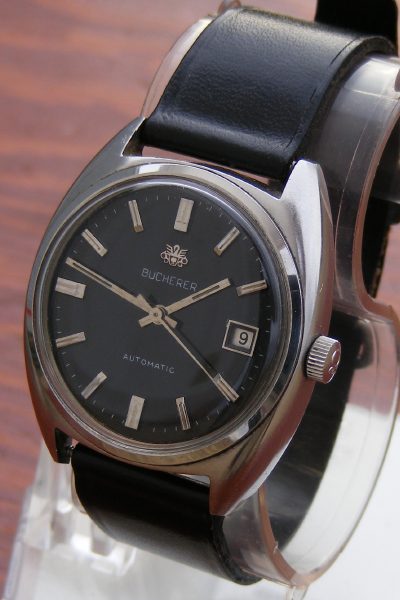 ..it was, without a doubt, a redial.
..it was, without a doubt, a redial.  But, as you also pointed out, a pretty good one.
But, as you also pointed out, a pretty good one.  Oh, and in case you were at all confused, I do like this second Bucherer a lot more than the first.
Oh, and in case you were at all confused, I do like this second Bucherer a lot more than the first.  -Ricky
Solid
-Ricky
Solid 
(n/t) (Views: 5)
redsquid2 -- August 20, 2009 09:10PM
Great watch!! The dial and hands remind me of my Solvil et Titus vintage (n/t)

(Views: 6)
donan71 -- August 20, 2009 05:01PM
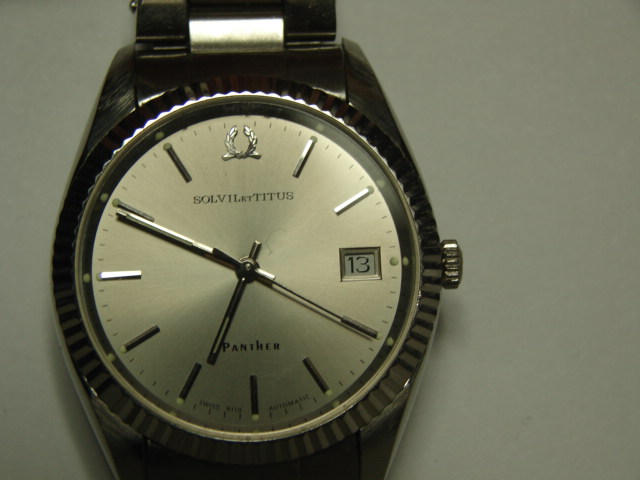
Hey! We can hang out together- the Bucherer Brothers



(Views: 11)
itschris -- August 20, 2009 06:31PM
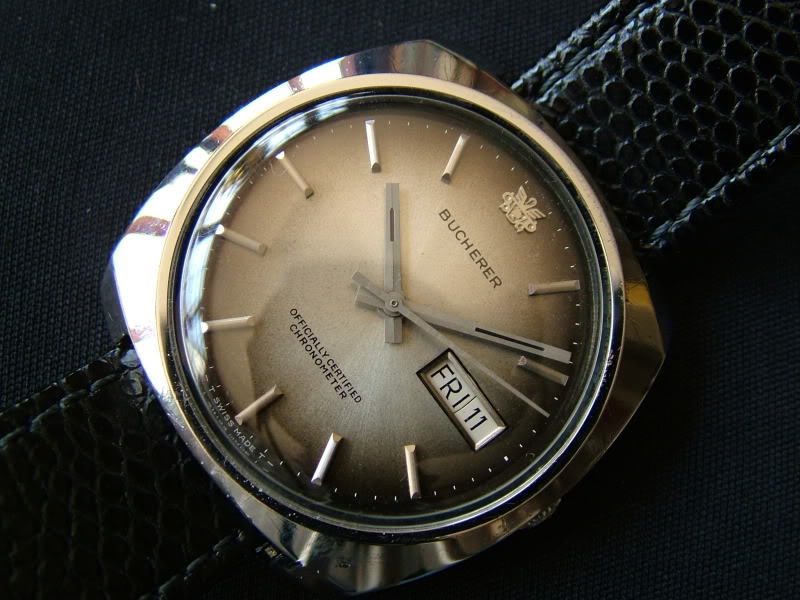
Whoa! They're pretty darned close, huh. Same case it appears.. (Views: 4)
Ricky Lee -- August 20, 2009 06:53PM
..and dial's very similar. Biggest difference seems to be that yours is a Day-Date.
Have any idea what movement's in yours?
-Ricky
Haven't looked yet. (n/t) (Views: 3)
itschris -- August 21, 2009 03:06AM

(n/t) (Views: 4)
MCV -- August 20, 2009 04:20PM
Another winner for sure!! Class! 
(n/t) (Views: 3)
JohnnyT -- August 20, 2009 03:53PM
Great Looking Watch. Much appreciated..... 
(n/t) (Views: 4)
hamiltonbrewer -- August 20, 2009 03:48PM
 Bucherer always made great watches.
Bucherer always made great watches. (n/t) (Views: 4)
JP -- August 20, 2009 03:09PM
Sweet Swiss score there, Ricky. Congrats.

(n/t) (Views: 4)
Mark C. -- August 20, 2009 02:53PM
Very NICE vintage! 
 Congrats Ricky!
Congrats Ricky! (n/t) (Views: 4)
cmoy -- August 20, 2009 02:22PM
Looks like a winner! (n/t) (Views: 4)
Dre -- August 20, 2009 02:21PM
Cool! (n/t) (Views: 5)
Julio -- August 20, 2009 01:59PM
Fantastic!  Congrats! It will be interesting>>
Congrats! It will be interesting>> (Views: 6)
Dave Murphy -- August 20, 2009 01:49PM
>>to see how it performs on the wrist. Has it been recently serviced? I wonder how close to COSC it will run.
.
Dave
Ontario NY, USA
I set it to the atomic clock last night at 21:00. This morning at 09:00.. (Views: 7)
Ricky Lee -- August 20, 2009 04:17PM
..it showed maybe +3.  Might be just outside COSC specs.. but that was mostly sitting dial up
on the nightstand, and I'm hoping it will average out while worn, and
sneak within spec. It will be close, anyway..
Might be just outside COSC specs.. but that was mostly sitting dial up
on the nightstand, and I'm hoping it will average out while worn, and
sneak within spec. It will be close, anyway.. 
Quote
Dave Murphy
Has it been recently serviced?
Kinda
sorta.. it has one watchmakers mark inside the caseback, but I had a
devil of a time reading it. I think it says '02, but am far from sure.
Certainly the crystal has been replaced at some point - it's just too
good to be original. And, again, I suspect the face of the watch was
rebrushed at the time that was done.
All in all I'm happier'n a slopped hog  though!
though!  -Ricky
-Ricky
Sounds good. I'm thinking that>> (Views: 7)
Dave Murphy -- August 20, 2009 04:36PM
>>you will get better results worn on the wrist.
Incidentally,
the Rolex "self regulation" scheme says to lay the watch on the
nightstand dial-up overnight to gain a few seconds. So, since you did
just that, you may enjoy better results worn on the wrist. Here's
hoping!
It came in at -3 sec/day, so.. >> 
(Views: 7)
Ricky Lee -- August 21, 2009 12:24PM
>> ..some variation in sitting 'dial up' and when actively worn. Yet..
Quote
Dave Murphy
..the Rolex "self regulation" scheme says to lay the watch on the
nightstand dial-up overnight to gain a few seconds. So, since you did
just that, you may enjoy better results worn on the wrist. Here's
hoping!
..it did indeed average out. Not so sure I truly understand position-regulation and temperature-regulation now.  Is the object to get the watch running -3/+5 in all positions? Or to
average it out by going, say, +8 "dial up" and -6 "crown up", etc.?
Oh..
and meant to comment on the strap the seller attached. It is perhaps
THE cheapest most steaming pile-o-crap I've ever run across,
Is the object to get the watch running -3/+5 in all positions? Or to
average it out by going, say, +8 "dial up" and -6 "crown up", etc.?
Oh..
and meant to comment on the strap the seller attached. It is perhaps
THE cheapest most steaming pile-o-crap I've ever run across,  save perhaps only the OEM strap on the Goer
skeleton. But the deployant actually works quite well, and now resides
on the WBHQ from Uncle Otto, currently being pressed into service on
the
save perhaps only the OEM strap on the Goer
skeleton. But the deployant actually works quite well, and now resides
on the WBHQ from Uncle Otto, currently being pressed into service on
the  Dufonte Automatic
Dufonte Automatic,
so a nice li'l bonus there...
-Ricky
RIGHT ON!! That is super nice. Good gamble bud! (n/t) (Views: 4)
jinxed -- August 20, 2009 01:44PM
Congrats Ricky!! great finds 
(n/t) (Views: 4)
jeremd676 -- August 20, 2009 01:37PM
Congratulations Ricky  Those were the good times when movts were adjusted in 5 positions! Also
Those were the good times when movts were adjusted in 5 positions! Also (Views: 4)
Reto -- August 20, 2009 01:21PM
the old Bucherer logo looks great. Best regards --Reto
I would be happy with that!!!!! 
(n/t) (Views: 3)
Mark C. -- August 26, 2009 11:49PM
Ricky, that on-wrist performance is great! However,>> 
(Views: 19)
Dave Murphy -- August 26, 2009 09:43PM
>> even though your average daily rate is quite good, it probably
is not running at COSC if you are noticing those positional variations
to which you refer.
Below is a COSC worksheet, which I found on
the web. My understanding is that the watch being tested is wound, then
set in position. After 24 hours, deviation is measured against an
atomic standard. Then the results are noted on the worksheet. Then the
process is done again in a different position.
COSC certificate photo found on the web:
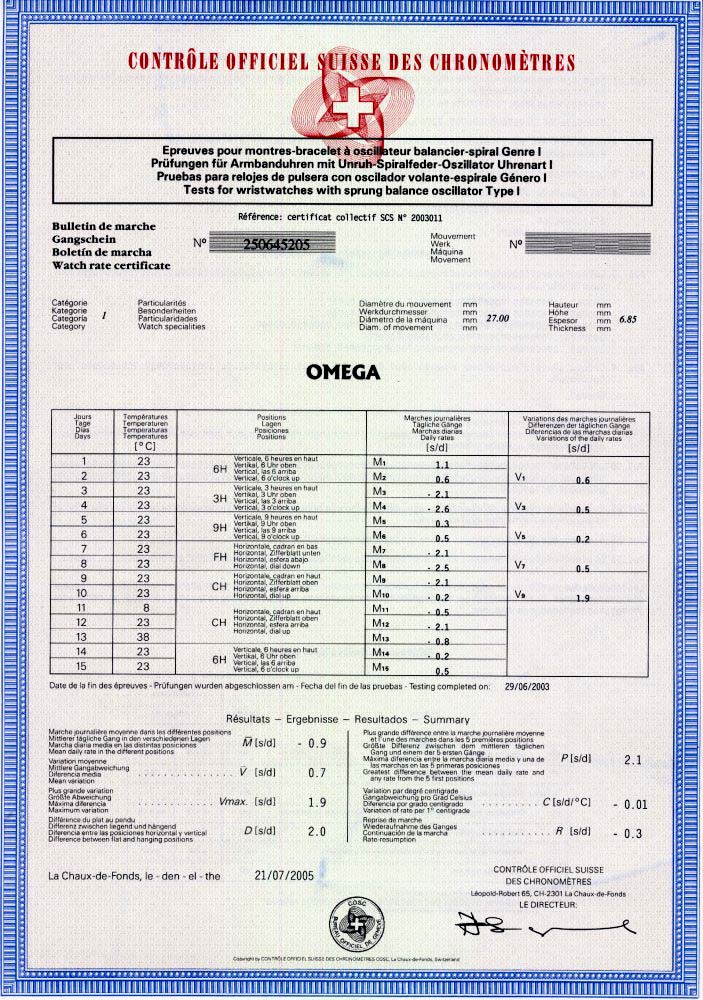 So,
in the bottom third of the sheet, if you are noticing a big positional
variance, your watch would have a big number where it says "greatest
difference between mean daily rate and any rate from the first 5
positions", and your watch would no longer be running at COSC.
But you are experiencing a great mean daily rate as worn on the wrist, so enjoy it!
On to adjustment:
Here
is my understanding of the adjustment process: (and perhaps Keaton
could chime in here, because I really don't have that much knowledge in
this subject)
The adjusting the balance wheel is not unlike
balancing your tires on the dynamic balancer. The manufacturing process
makes a product that is close, but not close enough. Then the
imbalances can be adjusted out using weights, just like on your tires.
The
trouble with watches is that because of the imbalances, gravity will
affect the balance wheel differently in the different positions. So,
the watchmaker will make adjustments to the mass on different parts of
the balance, until the desired result is achieved.
Back in the old days, the corrector weights for watch balances were all those screws in the periphery.
Here is a photo of a
So,
in the bottom third of the sheet, if you are noticing a big positional
variance, your watch would have a big number where it says "greatest
difference between mean daily rate and any rate from the first 5
positions", and your watch would no longer be running at COSC.
But you are experiencing a great mean daily rate as worn on the wrist, so enjoy it!
On to adjustment:
Here
is my understanding of the adjustment process: (and perhaps Keaton
could chime in here, because I really don't have that much knowledge in
this subject)
The adjusting the balance wheel is not unlike
balancing your tires on the dynamic balancer. The manufacturing process
makes a product that is close, but not close enough. Then the
imbalances can be adjusted out using weights, just like on your tires.
The
trouble with watches is that because of the imbalances, gravity will
affect the balance wheel differently in the different positions. So,
the watchmaker will make adjustments to the mass on different parts of
the balance, until the desired result is achieved.
Back in the old days, the corrector weights for watch balances were all those screws in the periphery.
Here is a photo of a  balance found on the web: You notice that there are 2 nuts that can be
turned to vary the daily rate, and there are also a couple of places
where someone took a bit of mass away from a spoke. looks like they
used a tiny center drill to do the job.
balance found on the web: You notice that there are 2 nuts that can be
turned to vary the daily rate, and there are also a couple of places
where someone took a bit of mass away from a spoke. looks like they
used a tiny center drill to do the job.
How much mass to take away, and where is what one goes to watchmaking school to find out.
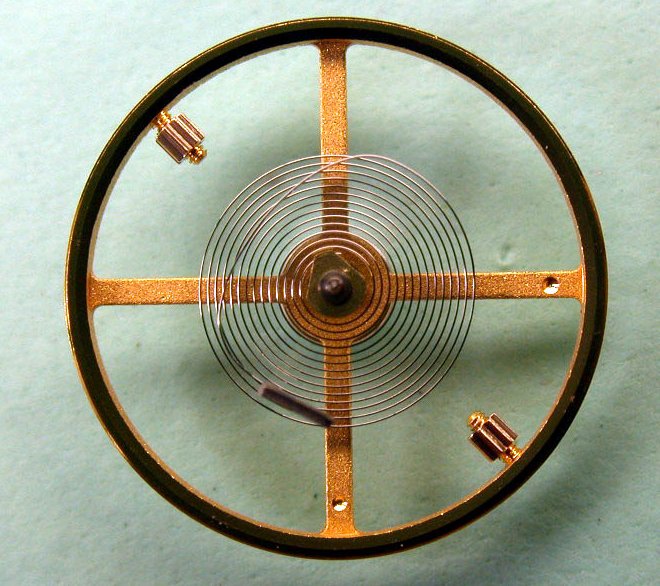 So, I'm right there with you in wondering:
If the balance has been adjusted to 5 positions, should'nt the watch return to that adjusted state after a COA?
.
.
Dave
Ontario NY, USA
So, I'm right there with you in wondering:
If the balance has been adjusted to 5 positions, should'nt the watch return to that adjusted state after a COA?
.
.
Dave
Ontario NY, USA
Thanks for chiming in Dave! If I infer correctly.. (Views: 7)
Ricky Lee -- August 27, 2009 02:24PM
Quote
Dave Murphy
>> even though your average daily rate is quite good, it probably
is not running at COSC if you are noticing those positional variations
to which you refer.
..then you're absolutely right. To meet the letter of the COSC specs, it would have to best -3/+5 sec/day in all positions.
Quote
Dave Murphy
So, in the bottom third of the sheet, if you are noticing a big
positional variance, your watch would have a big number where it says
"greatest difference between mean daily rate and any rate from the
first 5 positions", and your watch would no longer be running at COSC.
Just so! That was my thinking exactly..
Quote
Dave Murphy
But you are experiencing a great mean daily rate as worn on the wrist, so enjoy it!
Oh, aye! 

Quote
Dave Murphy
Here is my understanding of the adjustment process..
That all makes perfect sense to me. 
Quote
Dave Murphy
Here is a photo of a Rolex balance found on the web..
Outstanding.  Thanks Dave, you are the Googlemeister!
Thanks Dave, you are the Googlemeister! 
Quote
Dave Murphy
..looks like they used a tiny center drill to do the job.
Some delicate work, that! 
 I tell you, for all that I'm a master machinist, routinely holding +/-.0003 diametrical and .001 positional tolerances
I tell you, for all that I'm a master machinist, routinely holding +/-.0003 diametrical and .001 positional tolerances  , these guys humble me.
, these guys humble me.  Holding such a tolerance on a whacking great chunk of metal weighin'
pounds, or even ounces, is a far different ballgame than doing so on a
teensy bit weighin' a gram or two.
Holding such a tolerance on a whacking great chunk of metal weighin'
pounds, or even ounces, is a far different ballgame than doing so on a
teensy bit weighin' a gram or two. 
Bastards!
 How dare they?!
How dare they?!  Ah well, I'll get there one day..
Ah well, I'll get there one day.. 
Quote
Dave Murphy
How much mass to take away, and where is what one goes to watchmaking school to find out.
Or you take the Caveman Watchmaking Approach, and simply ask your buds on the 
...

Quote
Dave Murphy
So, I'm right there with you in wondering:
If the balance has been adjusted to 5 positions, should'nt the watch return to that adjusted state after a COA?
Assuming
that the adjusting weights were not disturbed, I don't see why it
wouldn't. Perhaps if there were corrosion on the balance, that might
change the poise. But this movement's clean as a whistle!
Ah
well, as you say, I'm just gonna enjoy it as long as the mean daily
rate is so excellent. Think about it.. if the observed MDR holds, you
could set this watch modestly fast, say +30 sec, and it'd take ~ 2
weeks to Zero out. Then another 2 weeks to accumulate 30 sec of error
on the minus side. Means you could go for a month without resetting the
time, and have no more than a minute's error, total. In my experience,
that's quite a feat for any mechanical movement!
Thanks again!
-Ricky
Ricky, the Raketa is in for demagnetizing as I write! Can't wait to get it back. (n/t) (Views: 5)
DJM -- August 26, 2009 07:33PM
{crosses fingers} Well? 
(n/t) (Views: 4)
Ricky Lee -- August 27, 2009 02:25PM
Still waiting; you'll know ASAP. The guy who does the work... (Views: 3)
DJM -- August 27, 2009 03:05PM
he works out of a clock shop, and takes all watches to his shop at
home, so it may take a day or two before it's back at ths shop for me
to pick up. No matter what the result, I'm going to shoot a bunch of
pix with my collection of Russian medals and post.
According to TimeZone's FAQ, an adjusted movement... (Views: 16)
DJM -- August 26, 2009 07:30PM
has been adjusted to minimize the variance in error rate among two or
more positions. So, as I understand the statistical concept of
variance, that would NOT include trying to average out the error (e.g.,
+20 face up countered by -20 crown up), because you would still have
significant variance in error rate. As I understand it, +3 face up and
+3 crown up would have less variance (and therefore, be better
adjusted), than the first situation of +20 face up, and -20 face down.
Based on my knowledge of statistics (not watches) it sounds like
adjusting for positions is about getting consistency, therefore
allowing better potential for regulation (getting absolute time
correct). --Dan
Regardless, it's still good, esp. for its vintage! 
(n/t) (Views: 4)
MCV -- August 26, 2009 03:08PM
I'm no expert, but I'd say positional accuracy is fighting with age/wear on the movement (n/t) (Views: 7)
Chance -- August 26, 2009 12:53PM
Right. Though this movement was COA serviced in ca. 2002. But.. (Views: 15)
Ricky Lee -- August 26, 2009 01:11PM
..who knows if the watchmaker re-adjusted the movement after the COA? Or would it need to be readjusted, positionally, after a COA?  {sigh} Another $64,000 question for the experts..
{sigh} Another $64,000 question for the experts..  -Ricky
-Ricky
I would think so >>> (Views: 6)
Chance -- August 26, 2009 03:38PM
Doesn't a COA involve a complete teardown of the movement? If so, I
would think re-regulation and adjustment would be required, unless the
watchmaker was so skilled that each part was reassembled with one
another exactly as it was before the movement was disassembled.
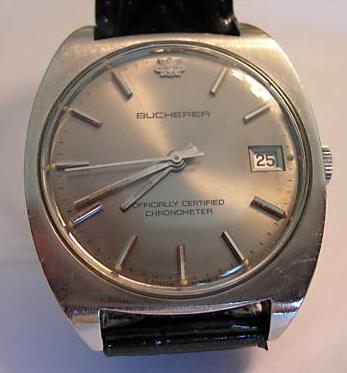
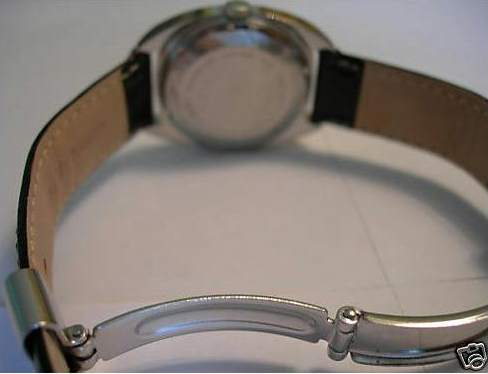
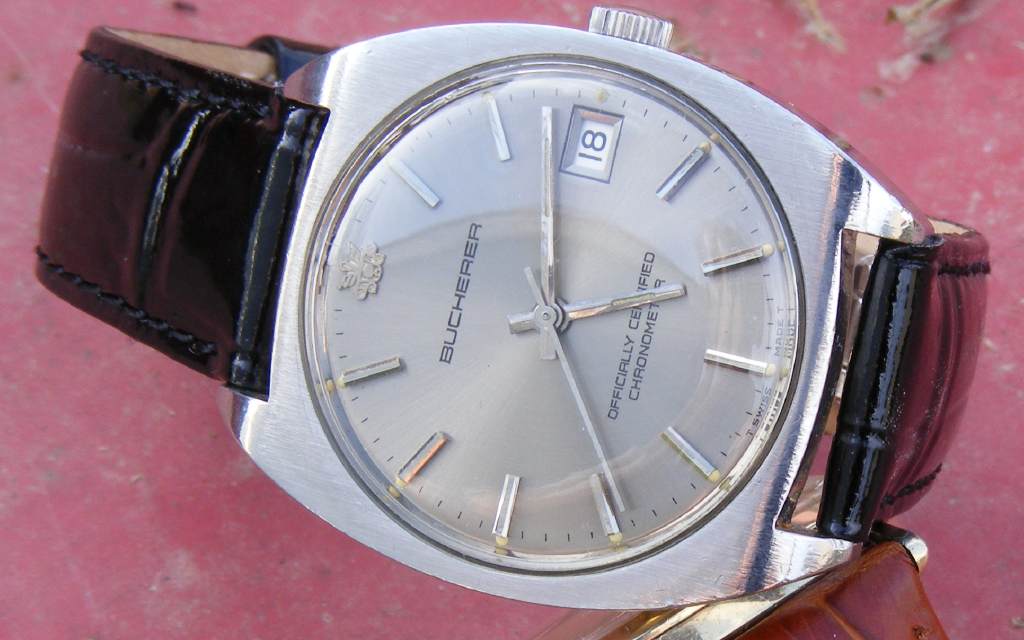

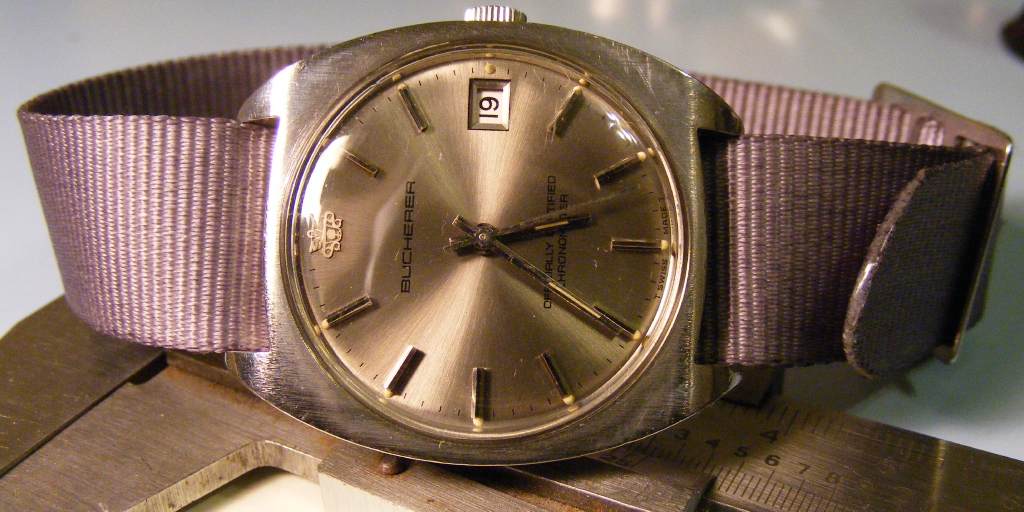
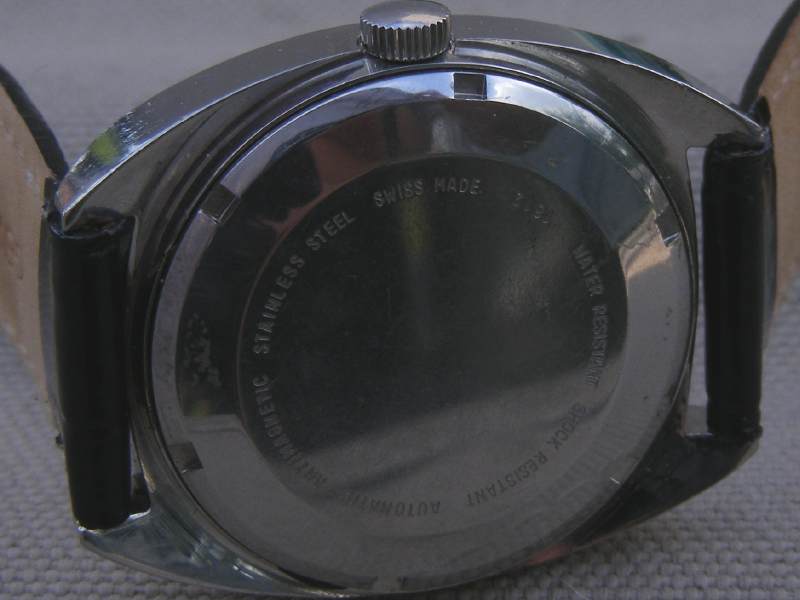
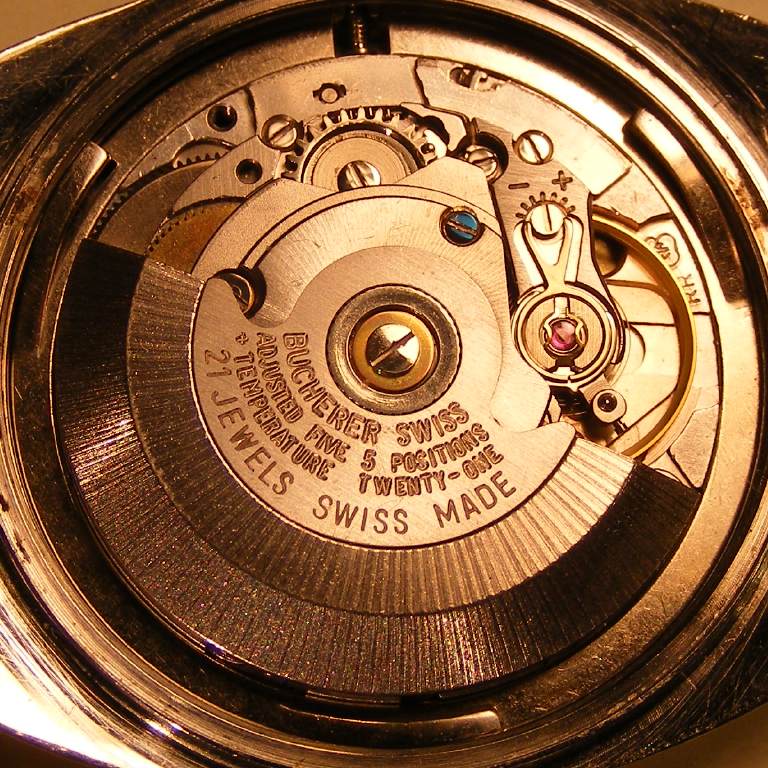
2992 as the 2824 has 25 jewels. The 2892 has 21 jewels and may explain the COSC performance



